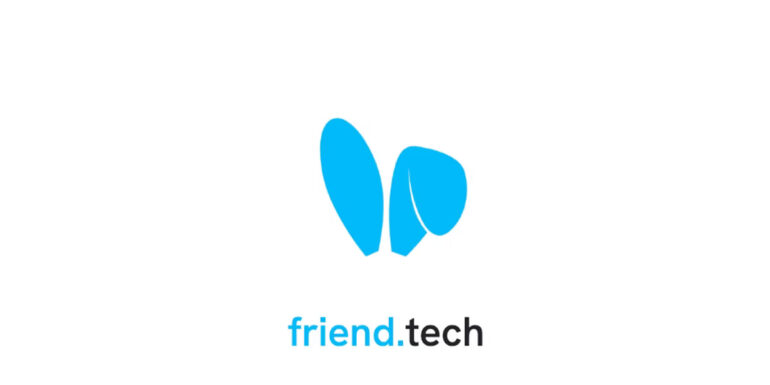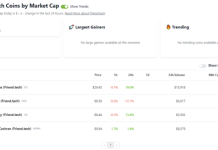- MEV bots on friend.tech have made a profit of over $2 million since the platform’s launch.
- BOT contracts have sniped more than 20,000 keys on the web3 social platform.
- MEV searchers on friend.tech are actively attempting to snipe newly registered profiles.
- The web3 social platform’s crypto address has received over 800,000 failed transactions in less than two weeks.
Friend.tech, the web3 social platform that went live on Coinbase’s layer 2 network Base earlier this month, has grabbed the attention of those maximal extractable value (MEV) strategy deployers in the DeFi space. MEV bots on the platform have managed to accumulate more than $2 million in less than two weeks by sniping keys (formerly shares).
Over 800,000 Failed Transactions On Friend.tech
As per on-chain data compiled by 21.co on Dune Analytics, 121 MEV bots on Friend.tech have profited $2.1 million since the platform’s mainnet went live on August 11, 2023. The bots have sniped more than 21,800 keys. The keys, which were previously known as shares, are the web3 social platform’s core asset.
The Dune Analytics dashboard showed that more than 800,000 failed transactions have been sent to friend.tech’s address in less than two weeks. On August 21 the failed transactions reached an all-time high of 308,860, which was 42% more than the successful transactions (216,070). The most number of sniping transactions also occurred on the same day.
Tom Wan, a research analyst at 21.co, revealed that the most profitable MEV bot accumulated more than half a million dollars by sniping 96 keys since the platform’s launch. The platform itself has generated nearly $7 million in fees in less than two weeks. Earlier this week, the active users on friend.tech crossed the 100,000 threshold and is currently at 112,082 users.
At the time of writing, Friend.tech’s total value locked (TVL) stood at $5.82 million. The platform has also distributed $3.45 million to its creators. According to Wan, the platform can improve by offering Bot/MEV protection, flexibility on the pricing model, and a better user interface. He added that the platform started facing competition from forks with better UX, different chains, and new features.






